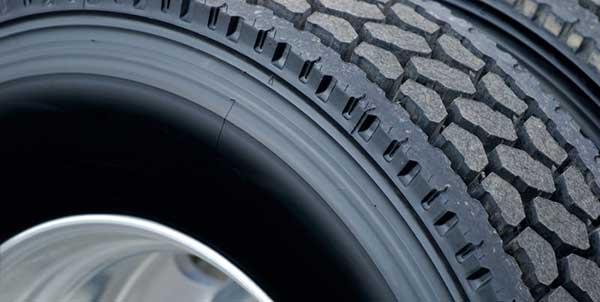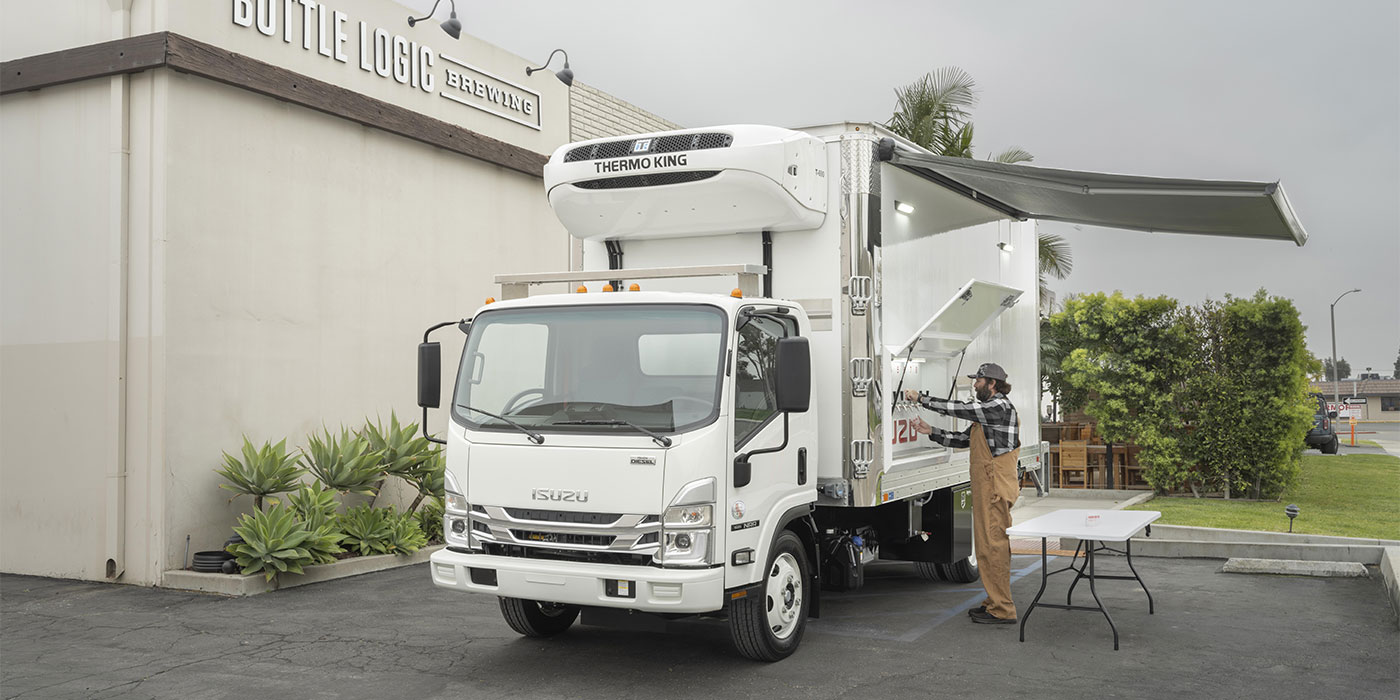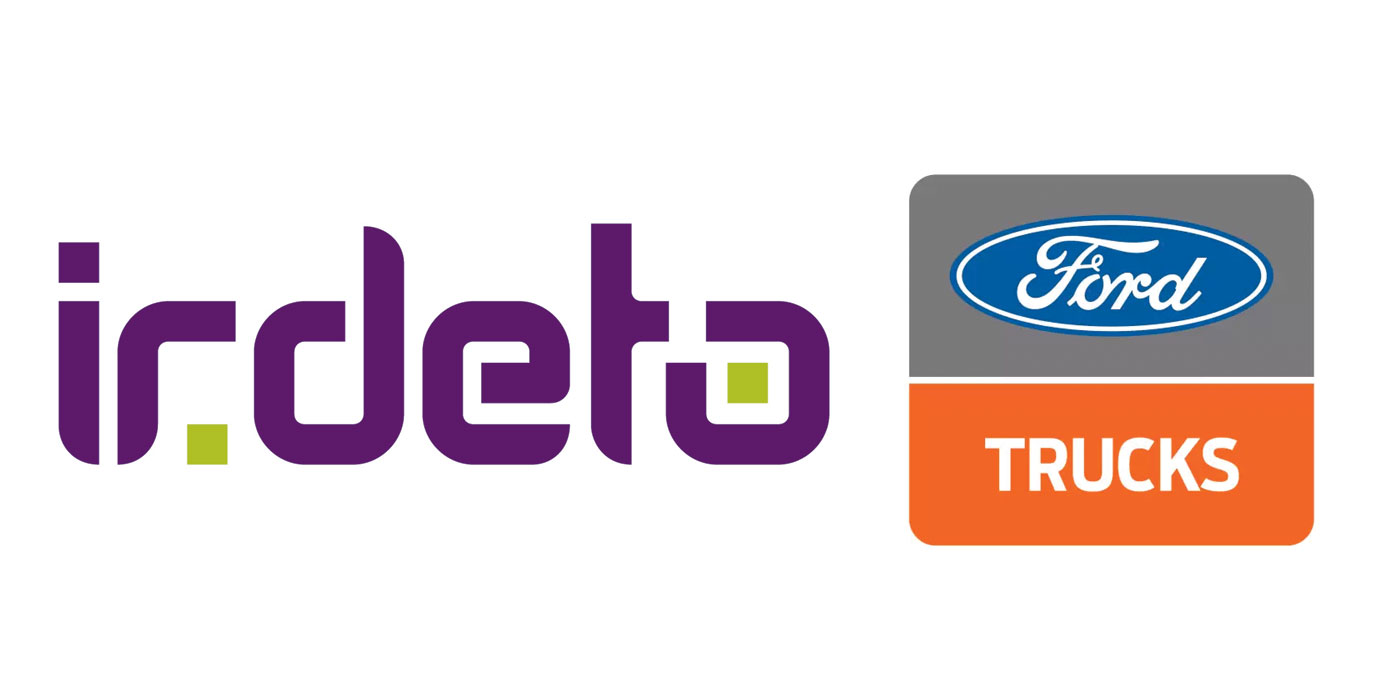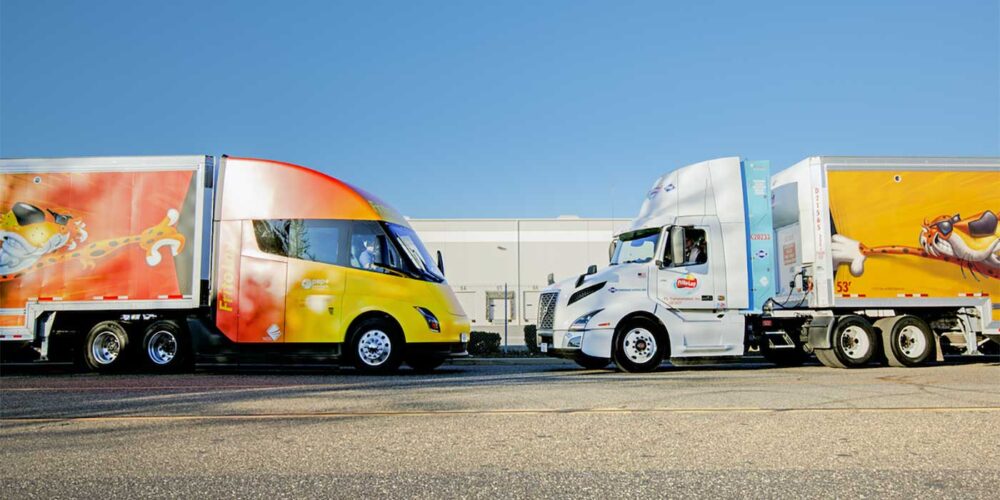
If you’re running duals on your trailers, inflation becomes, if you’ll pardon the pun, doubly important. With dual tires working so closely together, it becomes absolutely vital that they are running at the same inflation level or very close to it, or the results can be catastrophic.
“Running mismatched tires on a dual-tire assembly is an easy way to destroy two tires and risk safety,” says Jon Intagliata, product manager for TPMS at Bendix Commercial Vehicle Systems. “Lower air pressure changes a tire’s shape and properties—in particular, reducing its diameter.
“When that happens on a dual-tire assembly, you have two different-sized tires,” he continues. “The larger one will bear more than its share of the load, which will ultimately cause the tire to run hotter and may lead to sidewall damage or a potential blowout. The smaller tire will drag because of the difference in diameter and revolutions per mile between the two tires—resulting in highly accelerated wear due to the tread being scrubbed. Industry data indicates that it takes as little as 5 PSI differential to incur these negative effects.”
Michelle Reinhart, head of digital solutions for Continental Commercial Vehicle Tires, agrees:
“Having mismatched tire pressure between two duals can cause irreparable tire damage including irregular wear. A digital tire monitoring system ensures that the driver or fleet manager is aware of these issues immediately so they can be corrected before damage occurs.”
Read our full feature on the importance of trailer tire inflation here.













